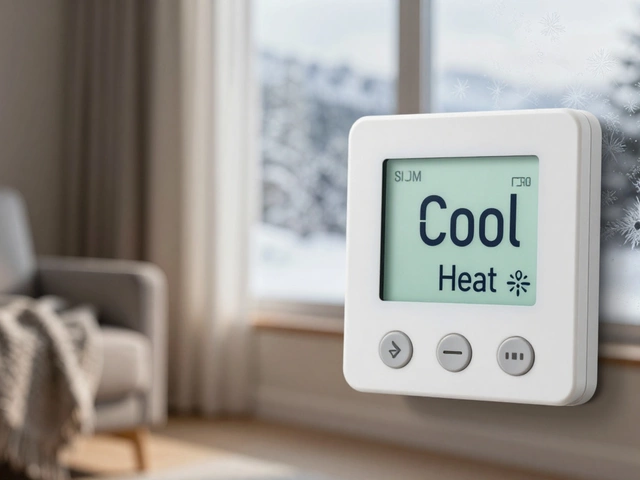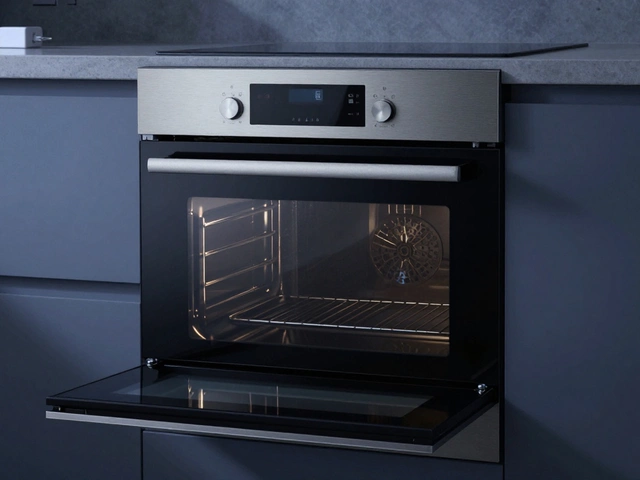Dryer Problems: What’s Going Wrong and How to Fix It
When dealing with Dryer Problems, issues that keep a tumble dryer from heating, tumbling, or drying clothes efficiently. Also known as dryer issues, they can stem from a clogged Lint Filter, a broken screen that catches fibers or a failed Heating Element, the part that generates hot air.
At its core, dryer problems fall into three big buckets: heat, airflow, and mechanics. A faulty heating element means no hot air, so the drum stays cool and clothes stay damp. Blocked vent hoses or dirty lint filters choke the airflow, making the dryer work harder and eventually overheat. Mechanical glitches like a broken drum belt or worn‑out motor stop the drum from turning, leaving you with a dry load that never tumbles.
Key Causes and How They Connect
Understanding the links helps you diagnose fast. For example, a clogged lint filter influences vent blockage, which in turn creates heat‑related dryer problems. Likewise, a worn thermostat regulates the heating element; if the thermostat fails, the dryer may overheat or never heat at all. Moisture sensors, which tell the dryer when clothes are dry, can also go out of sync, causing endless cycles and wasted energy.
Most homeowners overlook the vent hose. Over time, lint builds up inside the hose, reducing airflow. This not only slows drying but can trigger the dryer’s safety cut‑out, leading to the classic “dryer won't start” scenario. Re‑installing a straight‑run vent or using a rigid metal duct eliminates those hidden blockages and restores proper airflow.
Another often‑missed piece is the drum belt. When the belt snaps, the drum stops spinning while the heating element may still be on, creating hot, static clothes. Replacing the belt is a straightforward DIY job for most front‑load models, but you’ll need to remove the rear panel first.
Don’t forget the control board. Modern dryers run on electronic boards that coordinate heat, motor speed, and sensor data. A cracked board can send mixed signals, causing intermittent heating or random error codes. In many cases, a board replacement is cheaper than multiple part swaps.
Energy efficiency ties into dryer problems, too. An appliance that runs longer because of airflow issues consumes more electricity, raising your bills. Keeping the lint filter clean after every load, inspecting the vent every few months, and scheduling annual professional maintenance keep the dryer running lean.
If you’re not comfortable opening the dryer, a qualified technician can perform a voltage check on the heating element, test the thermal fuse, and verify the motor’s amperage. These steps pinpoint the exact fault without guessing.
Below you’ll find a curated collection of articles that walk through each of these scenarios in detail. From spotting a faulty thermostat to deciding whether a 20‑year‑old dryer is worth repairing, the posts cover every angle of dryer troubleshooting and repair.
Ready to dive deeper? The next section lists practical guides, cost‑breakdown analyses, and step‑by‑step fixes that will help you get your dryer back to peak performance without breaking the bank.
Dryers, while reliable, can experience issues that disrupt their performance. This article explores the most common problems with dryers, like unusual noises, inefficient drying, and overheating, offering practical solutions. With tips for regular maintenance, users can extend the life of their dryers and avoid costly repairs. Quick and useful advice helps troubleshoot and fix issues effectively.


